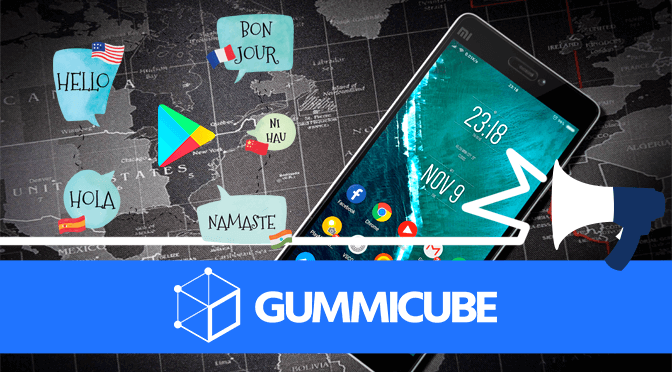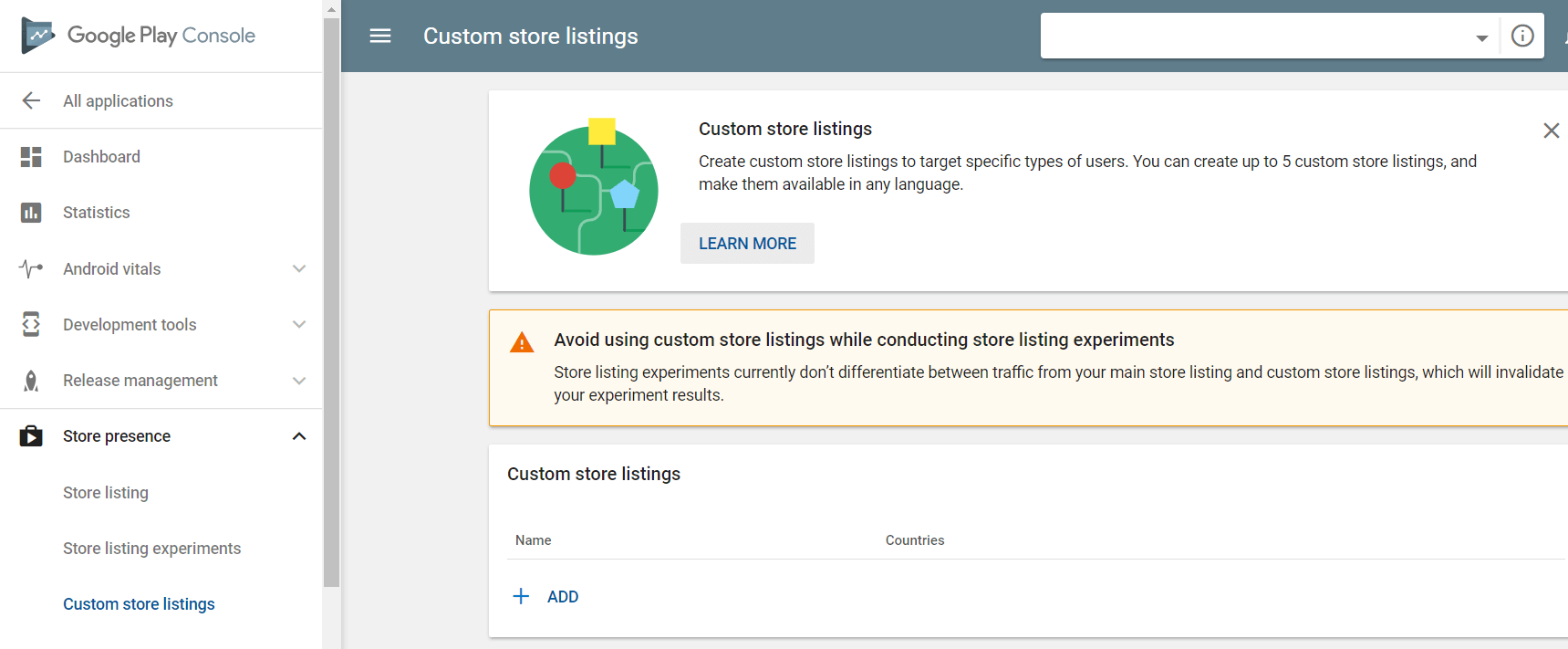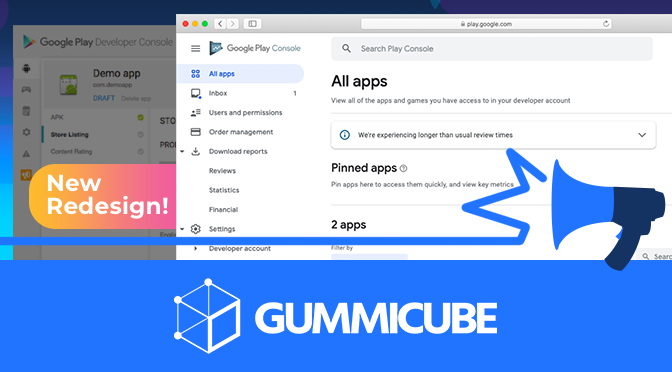
App Store Holiday Schedule 2020
Posted on November 23rd, 2020
When is the App Store Holiday Schedule 2020? Learn about the dates of this year's shutdown and how to prepare.

Google announced a new feature for developers to use when creating apps for the Play Store. With the addition of custom store listings, developers can now target users with specific languages in specific countries. This opens new opportunities for App Store Optimization, particularly for localization for listings around the world.

With the new customized listings, developers can create a distinct title, icon, description and graphic assets for each variant of an app. Certain information, such as privacy policy, app category and contact details, remain consistent across all versions.
The listings are recommended to target countries with different languages, although the custom listings aren’t automatically translated. Developers must add translations for each language they want to target, otherwise they will all use the default language.
Developers can create up to five custom listings, with each one targeting one or more countries. However, a single country cannot be targeted by more than one custom listing.
Developers can create custom listings by going to “Store Presence” then “Custom store listing” from the Play Console. The existing store listing becomes the main listing, and an app must have a main listing before custom variants can be created.
After adding a custom listing, developers then choose what countries it should be seen in and select a default language, based on the translations it offers. The last step is to add the metadata and creatives, including the title, descriptions and screenshots. This is where App Store Optimization and localization come into play.
Localization is essential for global App Store Optimization. Different regions have different tastes, and consumers behave differently. What appeals to users in one region may not go over as well in another, so being able to create custom listings targeting different languages and territories can help optimize an app for each area.
Localization is more than just translating an app from one language to another. It also requires understanding the trends and search terms that are relevant in that language. Developers need to research what keywords are popular when determining their app’s metadata, not just once, but for every territory it’s available in.
For instance, when launching an app for TV shows, a developer would want to target “television” keywords like “watch TV” or “free TV shows.” But when they launch the app in Japanese, there are multiple ways of writing “television,” and a translation that does not focus on search volume may provide suboptimal results. The app description could target “テレビ,” “受像” or “テレビジョン.” According to Google Translate, all of them mean “television,” but each one has very different search volume. ASO helps developers determine the best keywords for every language the app is translated into.
Even localization for different regions that speak the same language is important. A coloring app in the US would be a colouring app in the UK. If an app is designed to provide information about soccer teams, games and athletic gear, it will need to refer to football overseas.
In addition to languages and localized spellings, localizing creatives is also a must. Users in different areas will respond differently to certain designs, colors, or icons. It’s important to research what iconography and imagery works best for each region; running localized A/B tests can help identify what creative aspects work best for each area.
Localizing creatives also helps appeal to users in each area by utilizing familiar iconography. Navigation apps, for instance, may include screenshots highlighting landmarks of certain areas, so it could use a picture of the Eiffel Tower in France, or the Great Wall when localized for China. Even providing screenshots showing different stores or streets can appeal to users in that region.
However, using customized listings can impact your Experiments. The store listing experiments do not differentiate between traffic from the main and custom listings, so the experiment results will be skewed accordingly. As such, you should not run experiments when you have custom listings. Instead, utilize ASO software like DATACUBE, that can provide information on traffic for different versions of the app and in different regions around the world.
While localization has always been an important aspect of worldwide App Store Optimization, Google Play’s new update will enable new levels of localization. Creating different listings customized for up to five regions can help your app reach a wide audience of users with improved levels of customization for each area, while you can focus on optimizing your Play Store listing for every variant to get optimal results across the world.

When is the App Store Holiday Schedule 2020? Learn about the dates of this year's shutdown and how to prepare.

Apple's App Store Guidelines have strict privacy requirements. Developers now must provide information to users on the App Store listing regarding the data they access.

The Google Play Developer Console has been updated with a new design and adjusted tools. What's different, and how will it impact App Store Optimization?